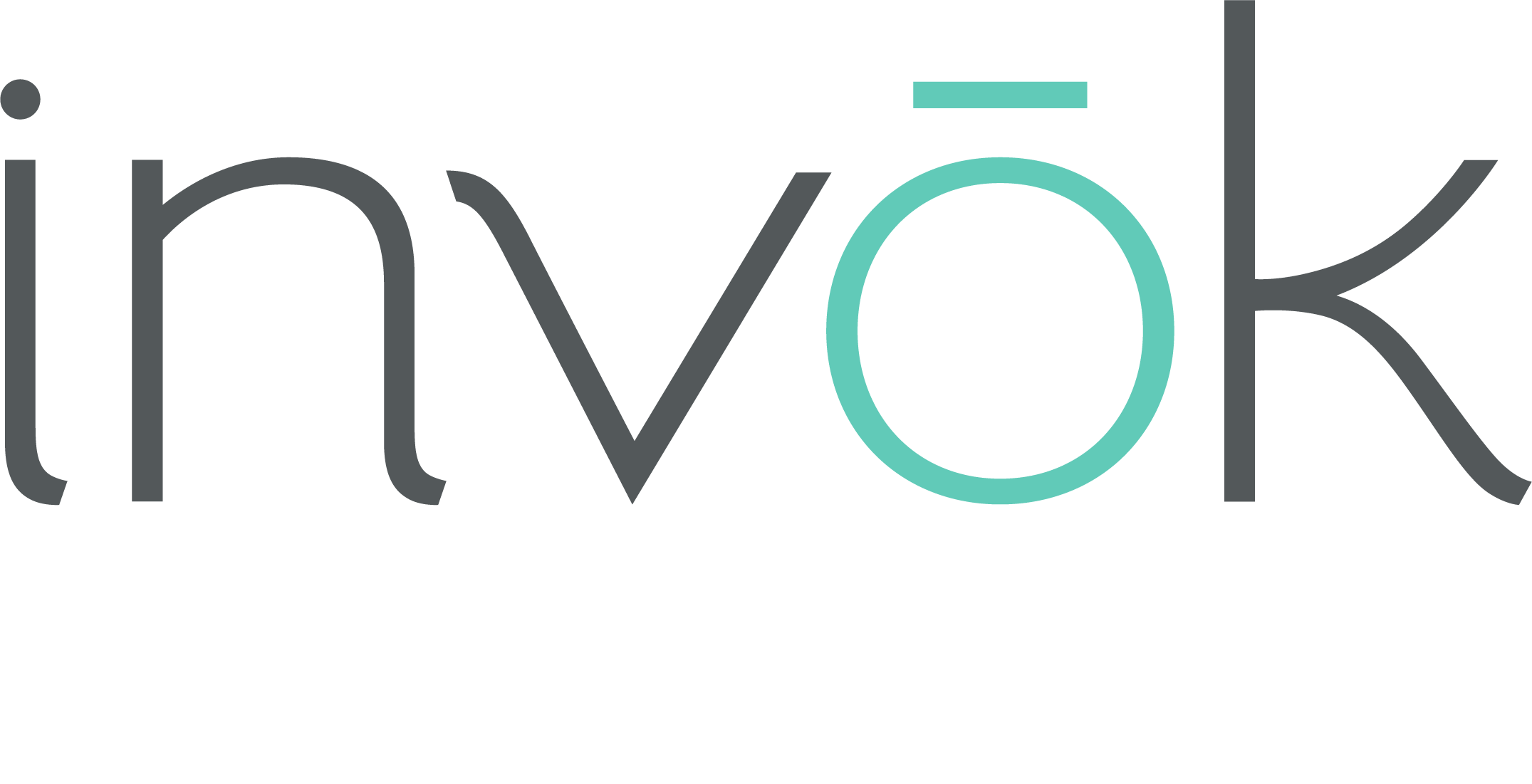The Importance of Visual Brand Stewardship for Brands
Now, more than ever before, brands and their visual identities are under siege. From trying to launch new and exciting product lines to staying on top of social media trends and navigating the proliferation of artificial intelligence (all while keeping a cohesive image across different countries, marketing teams, and sales channels), it can be easy for short-sighted design solutions to overpower the long-term, strategic thinking of a brand’s visual identity.
At Invok, it has become increasingly clear to us that, regardless of a brand’s industry, size, or level of maturity, there is a need for more than just an executional design firm that follows a brief with no questions asked. While we are extremely proud of the singular, unique projects that we have had the opportunity to be a part of over the past 30+ years, we also understand that for a truly fruitful relationship between agency and client, a level of brand stewardship must be implemented.
At our core, we are stewards of our client’s visual brand image, and we use that expertise to enhance the brand’s long-term equity. Whether it be some of the world’s most iconic brands, such as AB InBev, Campbell’s, Johnson & Johnson and Revlon, or some of our smaller, entrepreneurial clients like FourX Better Chocolate and The Lamb Company, helping shape these brand images and being the ongoing stewards of their visual identity is something that we believe is not only inspiring and exciting, but also vital.
What is Visual Brand Stewardship?
Put simply, visual brand stewardship is the studied supervision and implementation of a brand’s identity elements over time. This could be logo, placement, use of color, or key packaging elements, carefully considering the past, present and future of the brand. This long-term context is key because while a purchase decision is made in the present moment, it is a considered act of brand engagement filled with memories, present circumstances, and a vision of the future.
Increasingly, we are seeing that consumers are willing to spend more on brands with an appealing image – one that resonates with them on an emotive level. For brand stewardship to be successful, there are a few key considerations that should be followed:
Recognizability – Contain a set of creative tools that have an iconic association with an image that consumers associate with the brand’s heritage.
Relevancy – Is responsive to category evolution and competitive set.
Current and Future State– Each form of media stakes out its unique vision of the brand’s present and future being.
Creating a toolkit isn’t enough, though. Implementing and adhering to these brand guidelines is where the real importance lies. We are often asked to help create and maintain digital asset libraries that contain key visual identity elements for a brand, including specific instructions that are attached to each asset and is available for internal and external team members. Not only do these media libraries help ensure the right assets are used, but they also provide an opportunity to streamline processes and time management for everyone involved.
Why Visual Brand Stewardship Matters
Brand value has historically been incredibly important to a client’s balance sheet, and as mentioned above, the studied evolution of visual assets plays a vital role in supporting and growing that equity.
To serve this growth, the visual brand stewardship relationship between agency and client must consider two critical elements:
Brand Image - A cohesive look at the current visual elements that are combined in a prescribed way, normally have trademark and/or copyright protection and are representative of the brand today in various media.
Brand Equity – The overall financial contributions, with very real balance sheet implications, that the brand has built and managed over time.






